1. Sappho – c. 625 B.C.E. – Greece
Sappho was a lyric poet who studied the arts on the Greek isle of Lesbos. Her poems were written to be accompanied with some nice backing tracks of lyre music. Sappho had refined her style and composed her own music, eventually leading to what is referred to as “sapphic meter.” Many works of Sappho are well-known because of the fact that not only were they written from her own view point, rather than those of the Gods, but also because the target of her affections were usually women. Not only was Sappho the ancient Greek equivalent of a fucking rock star, but she was also, like Xena: Warrior Princess, an awesome lesbian icon.
2. Ban Zhao c.45-116 – China
Ban Zhao was the very first female historian in China. The daughter of a historian and author, Ban Zhao finished her father’s encyclopedic work, The Book of Han after he was imprisoned and executed. Ban Zhao later wrote the book, Lessons for Women, which, uh… well, I’ve never read, nor do I intend to. However, it seems to be a great read for those who are interested in learning to be submissive to their husbands and to accept their own faithfulness while their husbands run out and get themselves concubines. Well, good job on that The Book of Han thing, anyway.
3. Al-Khansa – 600-670 – Arabia
Probably the best known female poet in Arabic literature, Al-Khansa became famous for her elegiac compositions. After the deaths of her brothers, Al-Khansa did the same thing that many kids do on LiveJournal every day – wrote sad poems. The “in” thing for female poets back then was to read these mournful poems at public oral competitions, which Al-Khansa owned without much of a problem. Later, she met up with Muhammad. The two became fast friends, as they share a mutual admiration for one another’s work. After her 4 sons died in battle, she likely did the obvious thing and logged into her LiveJournal page to write some sad poetry.
4. Murasaki Shikibu – c. 978-c.1026 – Japan
Lady Murasaki was born into a somewhat noble family and given a male education. Her father praised her ability and intelligence, but still said, “You know, it’s still kind of a bummer, you being born a girl.” Her most famous work, The Tale of Genji, is a classic peice of Japanese literature, considered by many to be the world’s first novel.
5. Marie de France – 12th Century – France
Not much is really known about Marie de France – not even her real name. There is a line in one of her books that says, “My name is Marie and I am from France.” So, that is what we’re going with. A writer of poems and fables, Marie is known not only for being a complete fucking mystery, but mostly for her work, The Life of Saint Audrey about Saint Audrey of Ely.
6. Emilia Lanier – 1569-1645 – England
Emilia Lanier was the first Englishwoman to declare herself a professional poet. Finding details about her life is not easy, but who she did and when she did them isn’t what’s important. What is important is that her work, Salve Deus Rex Judaeorum is considered to be one of the earliest works of feminist literature. This collection of poetry focuses on the reversal of female images portayed in the Bible – especially that women should be subservient to men. In the section known as “Eve’s Apology,” Lanier calls bullshit on Adam and the condemnation of Eve.
7. Mary Rowlandson – c.1635-1678 – U.S.A.
Mary was actually an English Puritan who settled in Massachusettes with her family and belonged to one of the founding families of Lancaster, MA. Mary was taken hostage by neighboring Indian tribes and held captive for nearly 12 weeks before being reunited with her husband. Her written account of these events, A Narrative of the Captivity and Restoration of Mrs. Mary Rowlandson, is considered to be a somewhat important piece of American literature. In it, Mary discusses in a very artless and dull way her captivity at the hands of the Indians, or “the instruments of the devil,” as she calls them. She also talks a lot about her Bible. Those Puritans were a wacky bunch.
8. Juana Inés de la Cruz – November 12,1651-April 17, 1695 – Mexico
Juana was a girl geek in a time and place where it just wasn’t cool to be a girl geek. She would hide out in a chapel, reading books and teaching herself things like Latin and Greek logic. Later, she would join a convent, where she studied and wrote about the hypocrisy of men who insult hookers and a woman’s right to be respected. Of course, her loud thinking riled up the Roman Catholic Church and sadly, only a small amount of her work has survived.
9. Maria Edgeworth – January 1, 1767-May 22,1849 – U.K./Ireland
One of Maria’s earliest novels featured a villain who wore a mask of skin made from a dead man’s face. The coolness of that should be obvious. If it isn’t, then you just can’t be made to see reason. Later, she was hanging with the likes of Lord Byron and Sir Walter Scott, so it’s likely that she could party like a rock star. It’s also said that she was an influence on someone named Jane Austen, who was just too girly to make this list.
10. Luise Aston – November 26, 1814-December 21, 1871 – Germany
Luise Aston criticized marriage, smoked cigars, wore pants, practiced free love and published the first newspaper of the women’s movement in Germany. Later, she was being watched by the secret police, who kicked her out of Berlin for being such a goddamned rabble-rouser. Living in exile, Luise went on to write her novels promoting her “radical” ideas of sexual equality while she moved from city to city throughout Europe, with her middle finger high in the air.
11. Soledad Acosta de Samper – 1833-1903 – Columbia
There isn’t a whole lot of information available on Soledad Acosta de Samper in English. If your Spanish is shit, like mine is, there is good news: her complete works have been translated into English. Using characters in her fictional literature, she communicated her ideals of confronting the issues that women dealt with in society and in their everday lives. The stories that she wrote were intended to aide women in understanding themselves as well as the world that they lived in. Kind of like the Lifetime Channel.
12. Agnes Maule Machar – 1837-1927 – Canada
Agnes was a novelist, poet and historian who also painted and worked with various charitable organizations to help those in need. It’s safe to assume that she rarely got bored. While her literary ability is not considered to be phenomenal, her reasons for writing were pretty freaking good. Agnes said, “If there is something to be said for the right, a wrong to be redressed, or a warning word uttered, I think that we should always be ready with our pen.” Just try to argue with THAT.
13 – Minna Canth – March 19, 1844-May 12,1897 – Finland
Minna Canth’s career as a writer began when she was living as a widow, raising seven children while running her father’s shop to save it from bankruptcy. (Suck it, J.K. Rowling!) She managed to become a rather controversial figure due to her work. Her plays and stories dealt with taboo subjects such as an unwed pregnant teenager and a rat-bastard husband who spends all of his wife’s money. Social criticism wasn’t a commonplace thing in Finland back in the day, but Finna was all about it. Her work frequently came under attack by conservative and religious authorities. Her play, Hard Luck’s Children was banned immediately. No big deal. During the early years of the young Finnish Theatre, Canth’s plays were performed on its stage more often than Shakespeare’s. Today, amateur and professional theater groups are still performing her plays. (Suck it, 19th century conservative and religious authorities!)

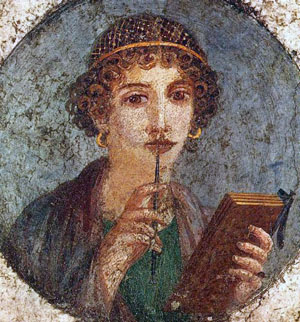
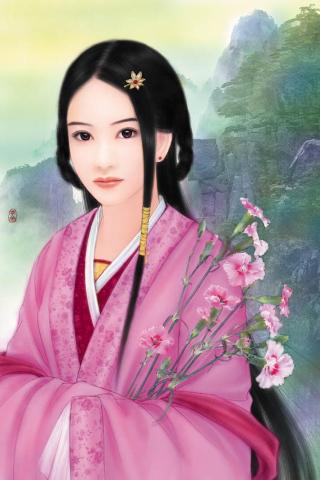
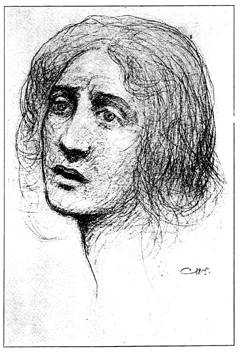
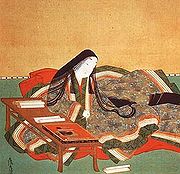

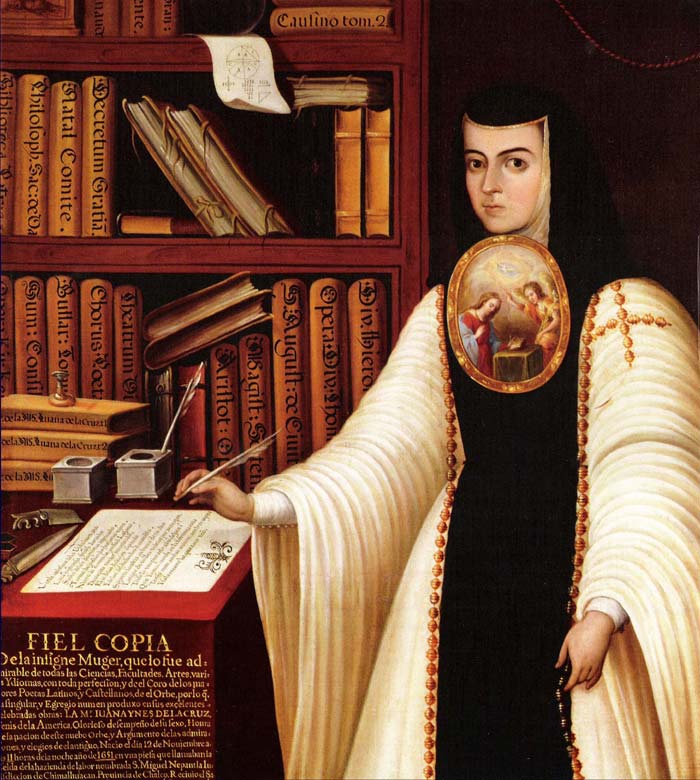
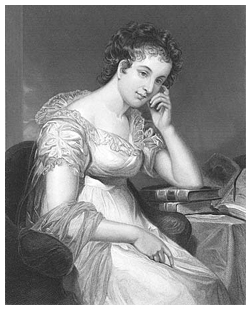
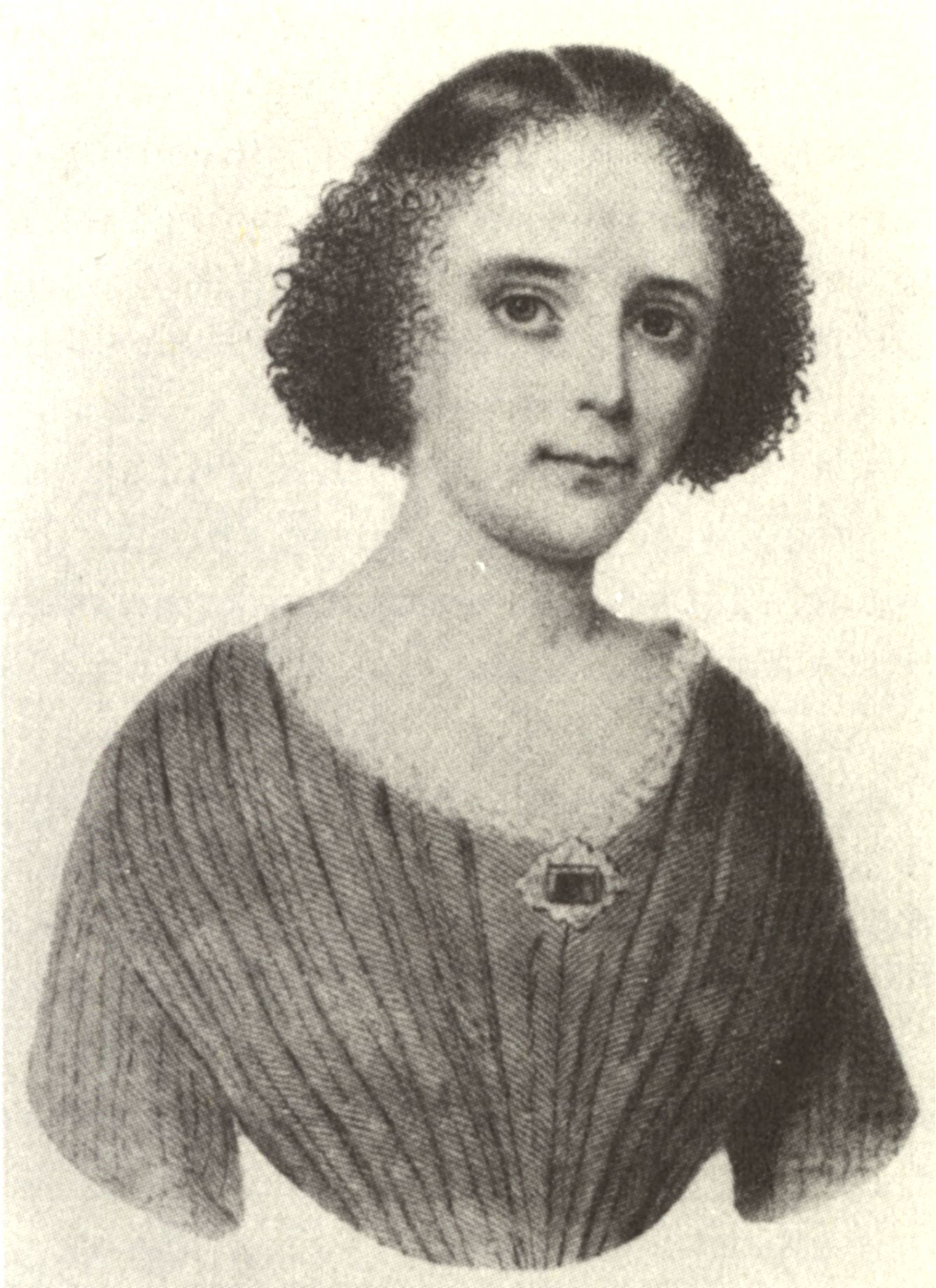
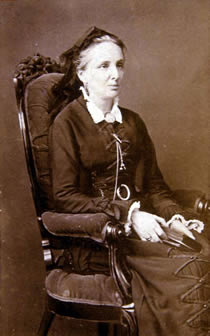
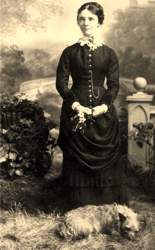
Awesome List! I think I had only heard of Sappho before…
My addition to the list if there was one slot left would be George Sand.
You fucking rock, Rasi baybee! Haha! I so love reading your TTs. The only thing that sucks about them is that almost every number makes me want to comment on something, but by the time I reach the end I’m worn out from laughing and giving you virtual high fives.
Rock on Ras-woman!
Peace!
(2 TTs again… how long can i keep this up? who the fuck knows. Muahahaha.
13 ways to Manifest Abundance
another gardening fever TT with lotsa links!
This is one SUPER idea for thirteen. And such a great subject.
My 13 is up now, if you’d like to take a break from your everyday chores…come on over for a visit, and have a great Thursday.
Interesting list of women and their writing. I had to read some Mary Rowlandson for a college course years ago. I think that if it didn’t disgust me so, it would have been the perfect sleep aid.
A goodly list of some of the best… and what is it with controversial Finnish writers???
WOw you have done your research on such a wonderful subject
What a great topic! I’ve learned something! Thanks.
I bet Ban Zhao was forced by the oppressive ruler to write that crap against her will as a means of punishment for being a smartie girl.
I love Willa Cather. She’s a little later than your gals but was very inspirational to me! 🙂
Once again, great post. Now I must go investigate the ones I didn’t know.
Happy Thursday!
this is an awesome list!!!!! and very fitting as march is national women’s month.
As madame Sappho in some sonnet said: A slap and a tickle is all that the fickle male ever has in his head!
Great TT. And an education, as this was the first time I have ever met those women.
Awesome list…Minna Canth and Agnes Machar sound like my kinda womenn. Happy TT! 🙂
I wish they would teach about some of these women in school. How about Hildegaard of Bingen?
Award for you at my place, Here I hope you’ll accept it in the spirit it’s offered: that of genuine admiration. Feel free to pass it on or not, as you like!